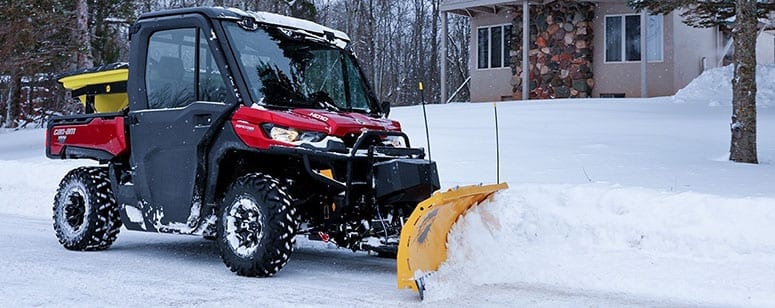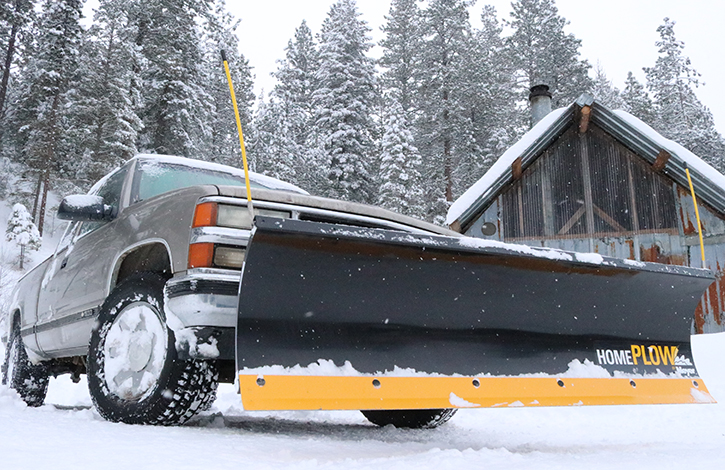It has been or still is our worst enemy. The snowplow is hell for any skier who wants to improve his technique. But is it really useful?
It hurts the knees and complicates life for any skier wishing to go to the next level. Yet, the snowplow has almost become the method of choice for all American people. But why?
“It’s a question of the organization”, that’s what most instructors tell you when it comes to giving their students a reason to learn to snowplow.
And indeed, they have a point. Why bother trying to teach a group of twelve students to skid at an angle in the space of two hours?
“It’s the fastest way to get out on the longer slopes,” say other instructors. Indeed, everyone agrees that it is easier to learn to open the legs and join the two spatulas when it is only a matter of doing simple walks of the domain on green slopes.
Easy to access and rather safe, the snowplow helps to de-dramatize the practice of alpine skiing and allows everyone to feel the first sensations of skiing in complete safety.
But it’s when you try to put your skis parallel and almost forget everything you’ve learned so far (in other words, the transition from beginner to advanced skier) that it gets tricky.
How to get rid of the snowplow
To get rid of that pesky snowplow once and for all, here are some top 5 exercises to do.
However, keep this in mind, the snowplow will not magically disappear after 30 minutes of trying. It takes patience and above all practice!
Therefore, choose long days of skiing on different levels of slopes rather than spending more than 40 minutes on a green slope doing a series of exercises.
- Force yourself to ski with your skis parallel between each turn
- Do some “leg independence” exercises (lift one foot and then the other, skate on a flat slope and then on a gentle slope, do turning steps in turns, lift the inside foot in the turn…)
- Practice different types of skids (on easy terrain such as downhill, trails with curves, barrel bumps…)
- Rounding while keeping both skis parallel and focusing on the distance and not on the skis and making festoons
- Passing with both skis parallel on learning boxes and dancefloors and/or beginners (S) (box and dancefloor: learning modules resembling boxes)
To avoid
- Trying to go too fast in the progression and skipping stages (for example, going on a slope that is too difficult when you have not yet mastered the skidding).
- Open the snowplow in dangerous areas such as on hard or frozen snow (to avoid falling on your buttocks).
- Make turns with the inside foot rising automatically (this is still an exercise, don’t indulge in it!)
- Trying to remove the snowplow while on your ass (this will make it more difficult)
- Braking too hard while plowing and going too fast (by doing this you risk a lot… fall, accident, injury…)
- Training on busy slopes (choose slopes where your concentration is on your skis and not on avoiding skiers).
However, keep in mind that the snowplow technique and what is called “stemmed opening” will remain useful and indispensable in your practice. And this even at a very high level!
So why not forget the snowplow altogether?
For the lift lines: It sounds silly when you say it like that, but the snowplow opening is quite effective during the long waiting minutes in the lift lines.
It’s relaxing and above all, it avoids getting into the front neighbor when there is a not-so-good ground movement (to be avoided of course if there is a patch of ice before the lift…)
To help someone to get started: Again it sounds silly, but you have to set an example every now and then.
And it is always easier to show the way to our young padawans by opening the snowplow. We are more available to catch him in case of a fall rather than with the two skis in parallel. Then, the snow breaker in switch (upside down, back to the bottom of the slope) is still much more practical to put in confidence the person in front of you.
To get through a difficult spot: The snowplow is like a skier’s security blanket. When something becomes a little too complicated, it is easier to go back to the basics.
For example, during an off-piste outing, the “steamed” turn (opening of the upstream ski like a snowplow) at a reduced speed will allow you to pass through passages with trampled or too heavy snow. But be careful not to do it at too high a speed, you could lose a knee…
To improve your outside leg support: Yes. One of the exercises to do to improve your future outside leg support is to open the snowplow before the slope line.
To do this, you have to keep both skis parallel and then simply open the upstream ski-in snowplow (stem opening) and put all your body weight on it during the turn. Guaranteed effect!
To smooth: Whether it is in a super slalom, a giant, before a kicker or a rail in a snowpark, you must know how to smooth (remove the excess snow on the course by spreading the snow with your skis).
And one of the two methods of smoothing is the snowplow (well, not to be tried on an injected run of course).
To prepare the ground for someone who has trouble skiing behind you: If you find yourself (I don’t wish it on you) on very difficult terrain with someone in difficulty behind, especially in off-piste, a technique is in order: put the person in difficulty at the back of the group and let the people in front make big turns (giant type turns) by packing the snow by plowing.
This will allow the person in difficulty to have the impression of skiing on a groomed slope (or almost)!
To simply brake: To brake while skiing, once you become an experienced skier, you don’t always have to brake by sending a spray of snow at your friends.
You can also continue to brake by snowplow without shame if the speed and the terrain allow it.
Because we can never repeat it enough: a good skier is above all someone who knows how to adapt and use all the techniques to achieve his goals!


